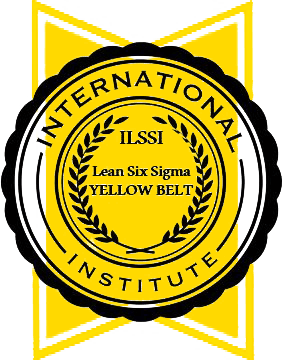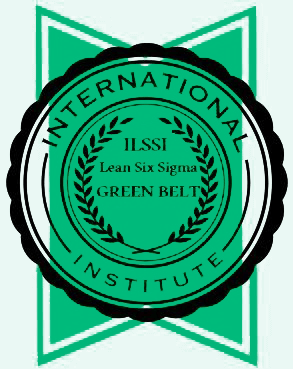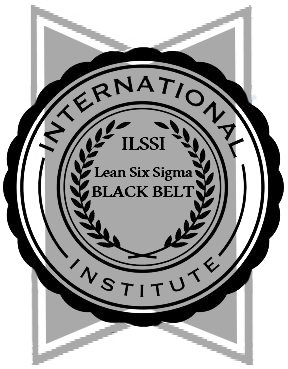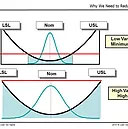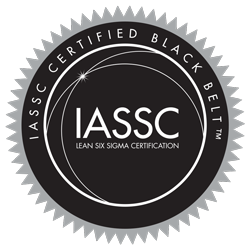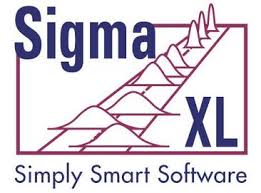Thoughts on ISO 13053 standard for Six Sigma (2011)
A few thoughts on the ISO 13053 standard for Six Sigma which was published in 2011: Yes, “Standardization” is one of the key tools of Lean and Six Sigma….however… 1. When international bodies get involved their motivation is sometimes only to acquiring more authority and leverage in the commercial marketplace. 2. It is important to …
Thoughts on ISO 13053 standard for Six Sigma (2011) Read More »


